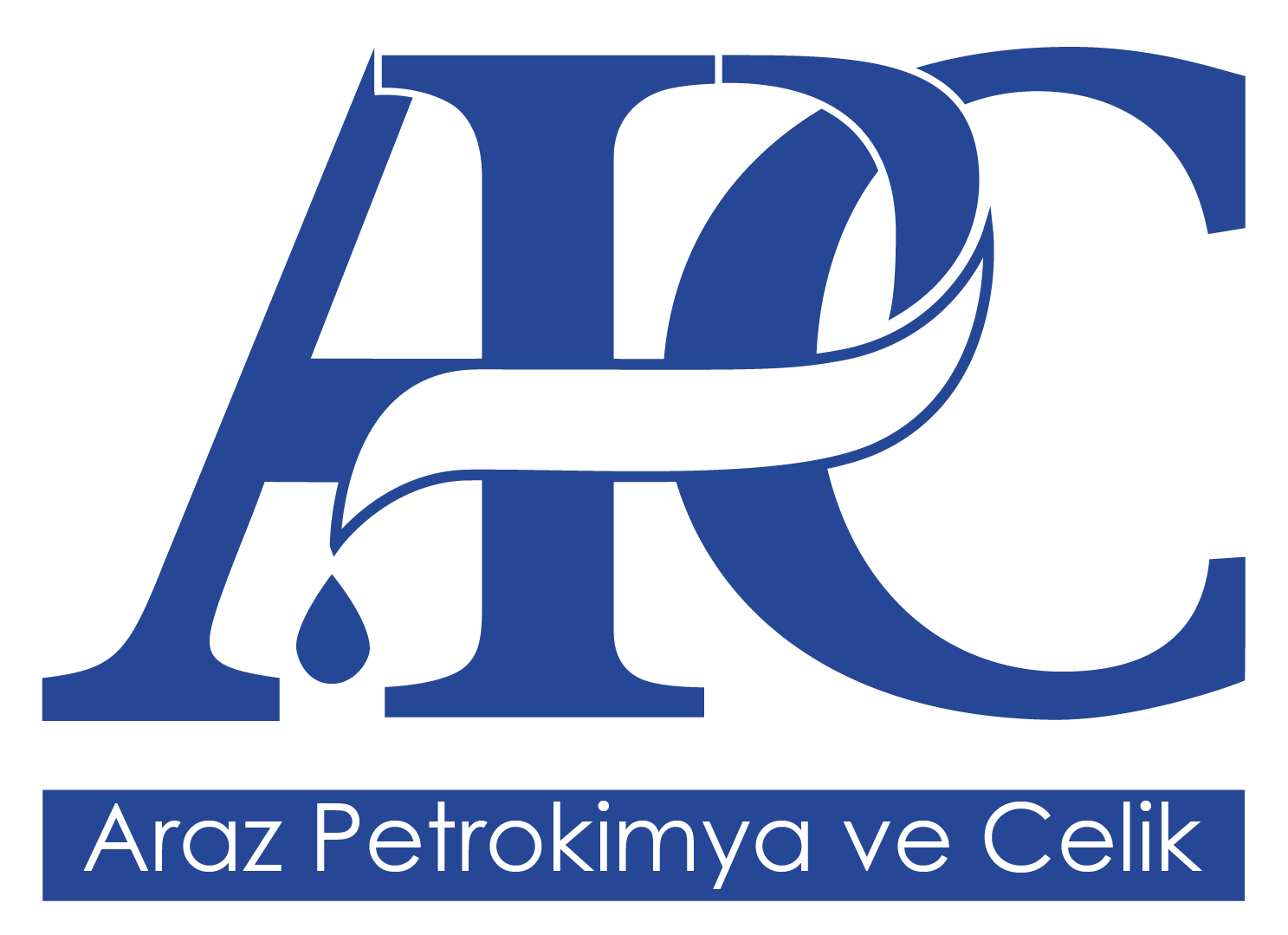Polymers are versatile materials that serve as essential raw materials across a wide range of industries. Polymer compounds, on the other hand, are specially engineered blends of polymer bases and additional materials designed to enhance the durability, resistance, and overall performance of the final product. By incorporating specific additives, these compounds offer significant improvements in product quality and longevity.
One of the key benefits of using polymer compounds is their ability to increase product efficiency while simultaneously reducing the weight of the final product. This makes them an excellent choice for applications where performance and cost-effectiveness are critical.
An example of such a polymer compound is Compound 3840, a high-performance grade of polyethylene compound. Like other specialized compounds, 3840 is engineered to optimize product efficiency, ensuring superior strength, durability, and long-lasting performance. Whether you’re in manufacturing, packaging, or any other industry, polymer compounds like Compound 3840 play a crucial role in improving the functionality and sustainability of products.
Introducing Compound 3840: A High-Performance Polyethylene Solution
Polymer compounds are essential in various industries and are primarily categorized into polypropylene and polyethylene compounds. Compound 3840 is a prime example of heavy polyethylene compounds, which are classified based on density into light, linear, and heavy categories. As part of the rotational molding grade, Compound 3840 is commonly referred to as HD3840UA and offers exceptional processability, making it suitable for a wide range of applications.
Understanding Compound 3840: Properties and Characteristics
Heavy polyethylene, like Compound 3840, features a higher density than its lighter counterparts, which enhances its durability and strength. This grade of polyethylene exhibits high processability, making it an ideal choice for manufacturing various plastic products. However, to maintain its optimal quality, it is crucial to store Compound 3840 in a well-ventilated area, away from heat, sparks, or flammable materials. While polyethylene in its pure solid form is not harmful to the skin, contact with its dust or vapor may cause mild irritation or eye discomfort.
Manufacturing Process for Compound 3840
The rotational molding process is used to create products from Compound 3840. In this method, polyethylene powder is placed in a mold, which rotates while being heated. This rotation ensures the powder melts evenly and coats the mold’s interior surface. Once the material has cooled down while rotating, the mold is removed, and the molded plastic retains its shape. This technique ensures precise and uniform products made from Compound 3840.
Key Features of Compound 3840
The most notable qualities of Compound 3840 include:
- Transparency and colorlessness for a clean, clear finish
- Excellent surface finish, both internally and externally
- High impact strength and UV resistance, making it durable in various environments
- Thermoplasticity, providing flexibility in molding processes
- Low cost and easy processability, reducing production expenses
- Good resistance to cracking, increasing the lifespan of the final product
These characteristics make Compound 3840 a versatile and cost-effective choice for numerous applications.
Applications of Compound 3840
Thanks to its exceptional durability, resistance to environmental factors, and impact strength, Compound 3840 is commonly used in rotational molding for producing various products, including:
Polyethylene tubs
Water and septic tanks
Plastic barrels and containers
Agricultural water storage tanks
Kayaks, boats, and plastic toys
Mobile cabins and plastic baskets
